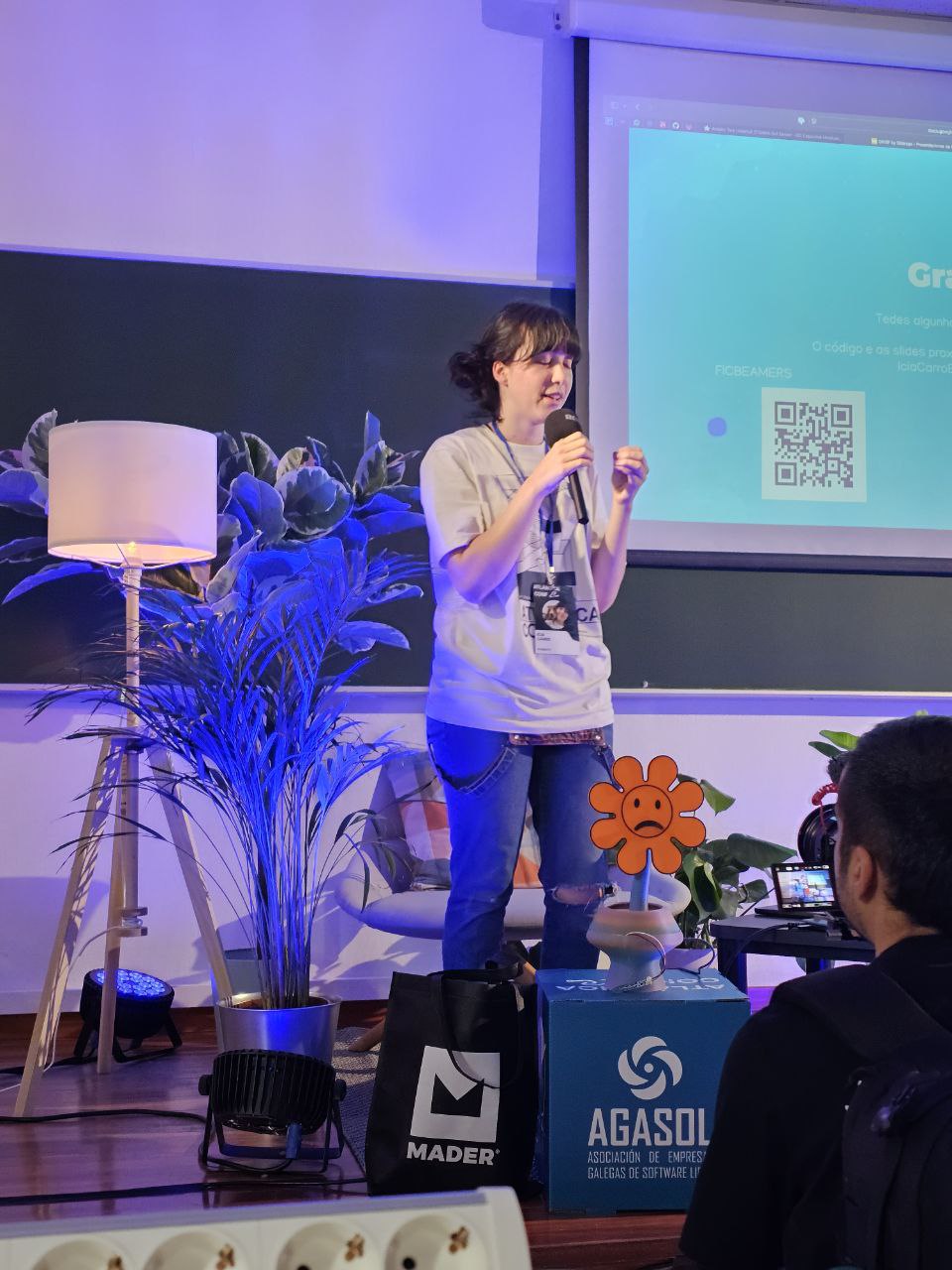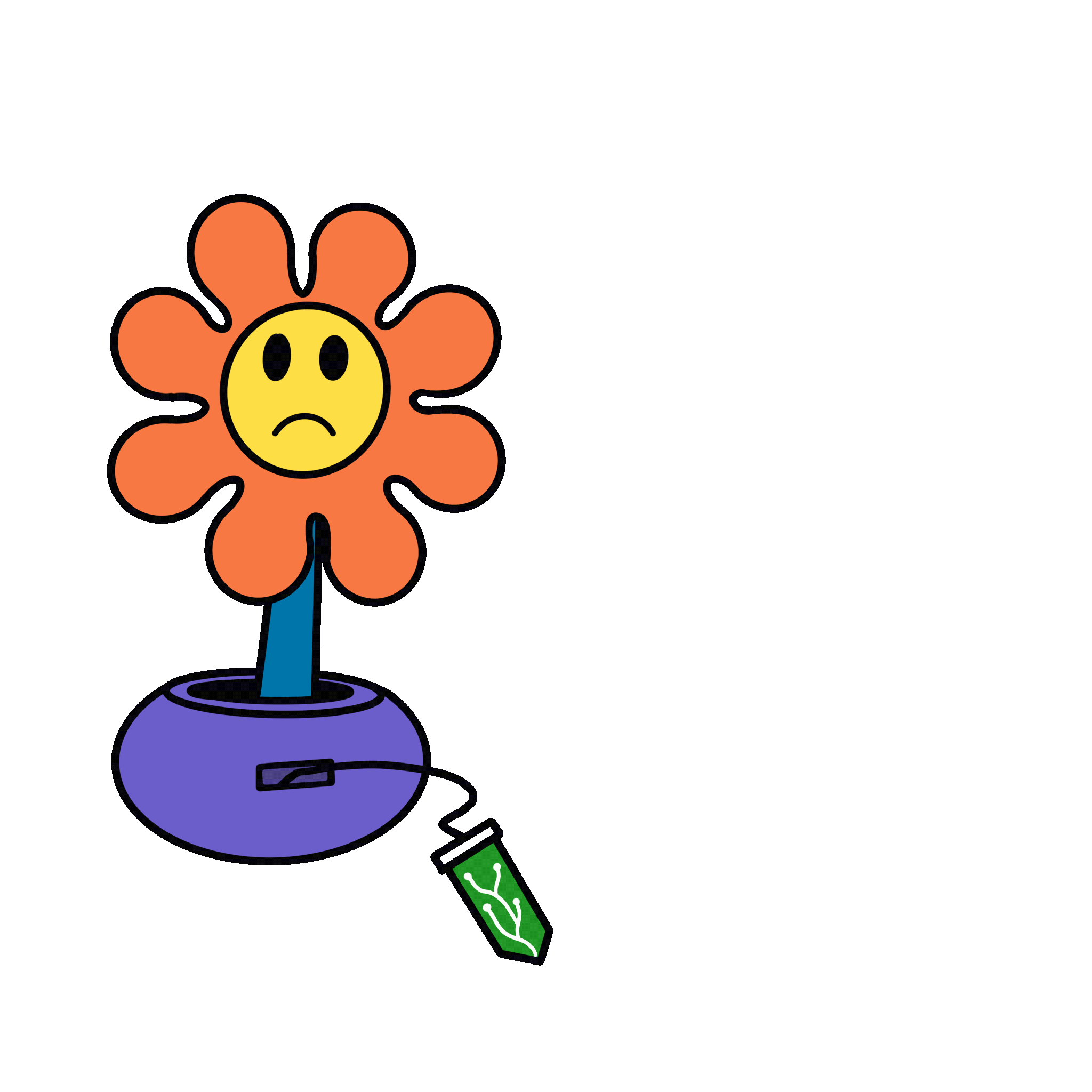Eustaquia at AtlanticaConf2025
What if your houseplants could tell you how they feel? Not in a vague, “I think it needs water” way, but with an actual facial expression. Meet Eustaquia, the cardboard-faced, Erlang-powered plant who took the stage at AtlánticaConf 2025.
On June 14th, 2025 , I gave a talk at AtlánticaConf, held at the Faculty of Computer Science in A Coruña.
The topic? How a thirsty plant named Eustaquia can express her emotions using Erlang and a GRiSP2 board board.
It's a simple, accessible project, a fun way to get started with GRiSP and the BEAM.
Curious? Here's how it works.

🌿 The Idea
Imagine a plant that greets you with a smile when itʼs well watered... and gradually turns sad when itʼs thirsty.
All you need is a moisture sensor in the soil, a servo motor, and a face drawn on cardboard (or 3D printed, if youʼre feeling fancy). When the sensor detects that the soil is dry, the servo rotates the face to show a sad face. When the plant is happy, so is the face.
No silent suffering, no complicated irrigation systems. Just a visual cue that’s easy to understand (and a little bit adorable).

🌱 The project
Eustaquia is an Erlang/OTP project built with Rebar3, running directly on the GRiSP embedded board. Her mission: tell you when she's thirsty.
Here is how the "emotional" feedback loop works:
- 🌱 A capacitive soil moisture sensor (I²C) continuously measures the water level in the soil (every 5 seconds).
- ⚙️ A servo motor (PWM) moves a small cardboard or 3D‑printed face to show how the plant “feels”:
- 😢 Sad → When the soil is too dry.
- 😀 Happy → When the soil moisture is just right.
- 🔗 Built on top of GRiSPʼs I²C and PWM libraries, thanks to odo for enabling this support.
If you'd like to build your own Eustoquia, you can go to the step‑by‑step tutorial with wiring instructions, code examples, and hardware setup, in the GitHub repository.
🔮Future ideas
This project can be as simple or as ambitous as you like. You could have the plant send a gentle notification when itʼs thirsty, straight to your phone.
Or take it a step further: imagine a whole network of plants, a kind of “neighborhood watch,” where if one starts to suffer, the others react too. A collective sadness that tells you somethingʼs wrong, and exactly where the problem is.
